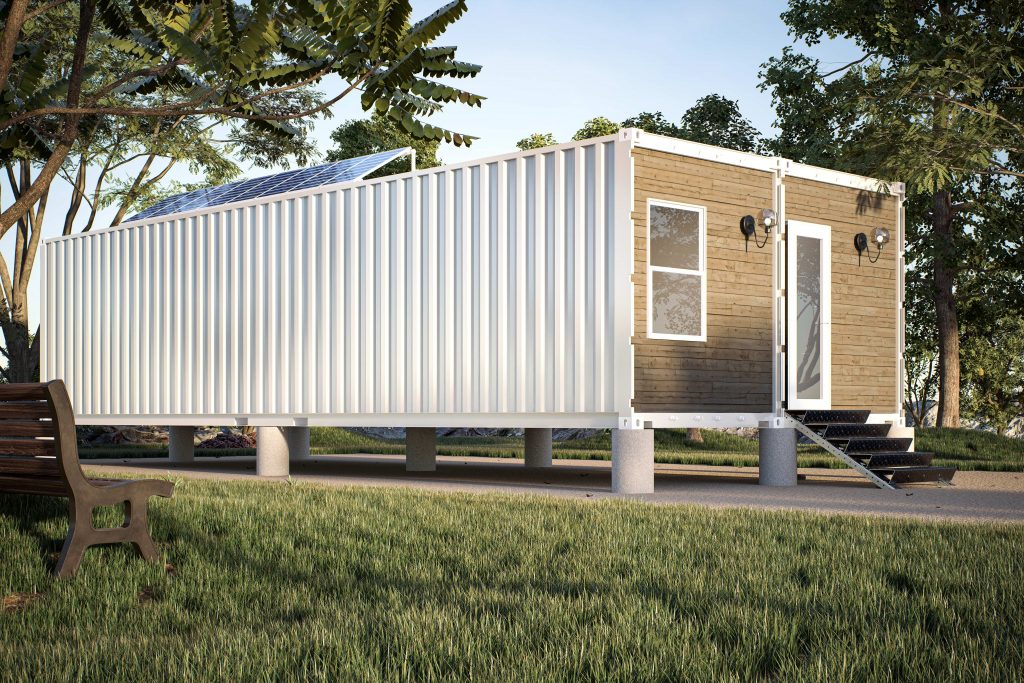
Prefab vs. Modular: Understanding the Key Differences

1. What Is Prefabricated Construction?
Prefabrication, or “prefab,” is a broad category that covers any building components made in a factory before final assembly on-site. This can include:
-
Panelized construction (walls, floors, or roof sections built off-site)
-
Pre-cut kits (materials cut to size and delivered for assembly)
-
Modular construction (complete sections of a building, fully finished inside and out)
Prefab speeds up projects and reduces waste, but on-site work is still needed to complete the build.
2. What Is Modular Construction?
Modular construction is a type of prefab in which entire building sections—called modules—are fully constructed off-site. Each module typically includes:
-
Walls, floors, and ceilings
-
Installed plumbing, electrical, and HVAC systems
-
Interior finishes, fixtures, and sometimes even appliances
Once delivered, modules are assembled like building blocks to form the final structure. This method minimizes weather delays, improves quality control, and often cuts construction time in half compared to traditional builds.
3. Prefab vs Modular: Side-by-Side
| Feature | Prefab | Modular |
|---|---|---|
| Definition | Any building parts made off-site | Fully built, finished sections |
| Completion Level | Partial | Near-complete |
| Speed | Faster than traditional builds | Among the fastest methods available |
| Customization | High, depending on system | High within modular design limits |
| On-Site Work | Moderate to high | Minimal |
4. Which Is Best for Your Project?
-
Choose prefab if you want flexible design options and plan to do more customization on-site.
-
Choose modular if you want maximum speed, predictable quality, and minimal on-site labor.
Pre-Fab vs Modular The Bottom Line
When comparing prefab vs modular, both approaches offer speed, efficiency, and cost savings over conventional construction. The right choice depends on your priorities—whether it’s flexibility, rapid completion, or factory-level quality control.

